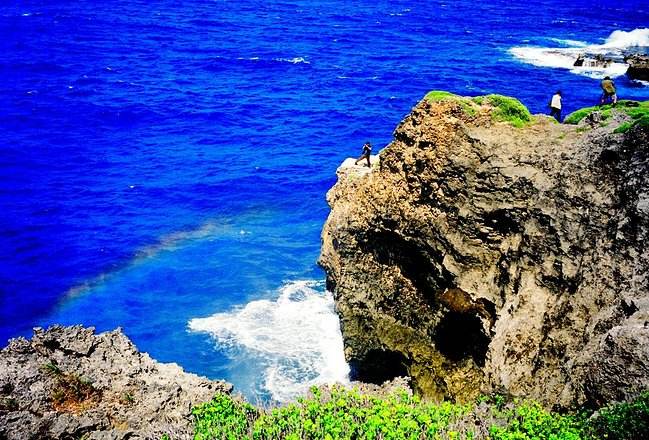He thought underwater exploration a waste of resources and pointed out that the Navy was not a research institute. The nation, moreover, was about to become fully preoccupied with space travel and the quest to send a man to the Moon, which made deep sea investigations seem unimportant and rather old-fashioned. But the decisive consideration was that the Trieste descent didn't actually achieve much. As a Navy official explained years later: "We didn't learn a hell of a lot from it, other than that we could do it. Why do it again?" It was, in short, a long way to go to find a flatfish, and expensive too. Repeating the exercise today, it has been estimated, would cost at least $100 million.

When underwater researchers realized that the Navy had no intention of pursuing a promised exploration program, there was a pained outcry. Partly to placate its critics, the Navy provided funding for a more advanced submersible, to be operated by the Woods Hole Oceanographic Institution of Massachusetts. Called Alvin, in somewhat contracted honor of the oceanographer Allyn C. Vine, it would be a fully maneuverable minisubmarine, though it wouldn't go anywhere near as deep as the Trieste. There was just one problem: the designers couldn't find anyone willing to build it. According to William J. Broad in The Universe Below: "No big company like General Dynamics, which made submarines for the Navy, wanted to take on a project disparaged by both the Bureau of Ships and Admiral Rickover, the gods of naval patronage." Eventually, not to say improbably, Alvin was constructed by General Mills, the food company, at a factory where it made the machines to produce breakfast cereals.












